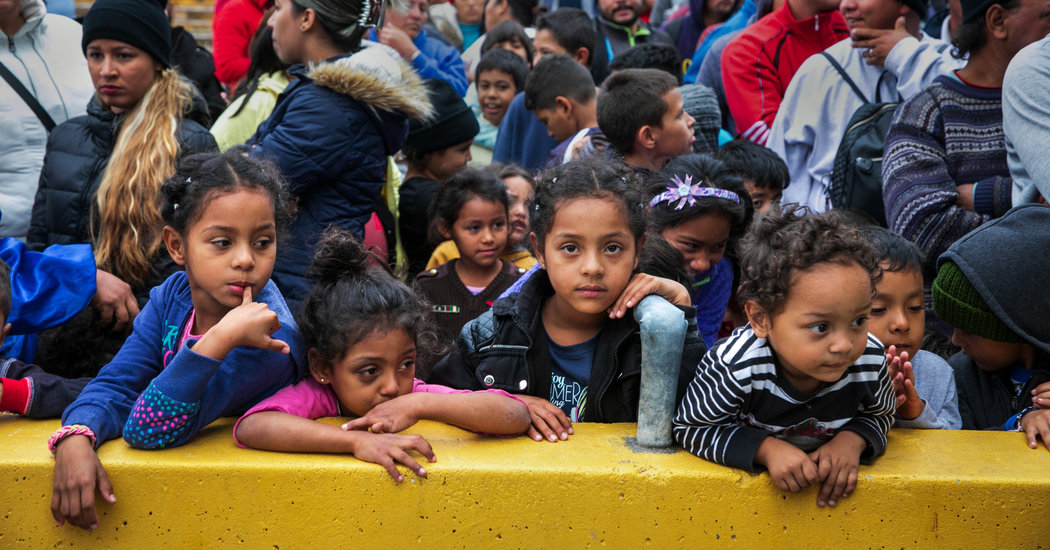For some migrants, the policy effectively meant no asylum case at all.
Miguel Aquino, 29, who fled El Salvador in a caravan in October after being shot in the leg and hand by MS-13 gang members, waited for weeks in Tijuana to apply for asylum at the sprawling San Ysidro port, the biggest on the border. He was interviewed and sent back to Mexico to wait for a court date.
In March, when he arrived for a preliminary hearing without an attorney, the judge gave him more time to find one — and sent him back to Mexico to wait. Mr. Aquino said he has called eight lawyers, and they all said they couldn’t represent him because he is in Tijuana. At this point, he is tired of waiting.
“The next time, if I don’t go with a lawyer and they don’t give a clear answer,” he said, “I’m going to look for another way to get in.”
The source of the problem
Mr. Trump often says he plans to build a wall on the border with Mexico to halt illegal immigration. But when the standoff over funding for the wall led to a 35-day government shutdown in December and January, it actually made things worse. Many immigration judges were furloughed, and tens of thousands of deportation and asylum cases were delayed, in some cases for years.
There is another problem with the wall: Slowing the exodus of migrants from Central America would need to start in those countries first.
Central America’s economies are still weak, and residents face drug and gang violence at levels largely unseen in other countries. Many are subject to deep poverty, a situation that recently reached a crisis with the collapse of coffee, corn and maize crops.
M.C., a 23-year-old Guatemalan woman who asked to be identified by her initials for safety reasons, received an anonymous letter recently in her hometown, San Marcos, warning her that she would be killed if she did not give the letter writers 65,000 Guatemalan quetzals, nearly $8,500.








